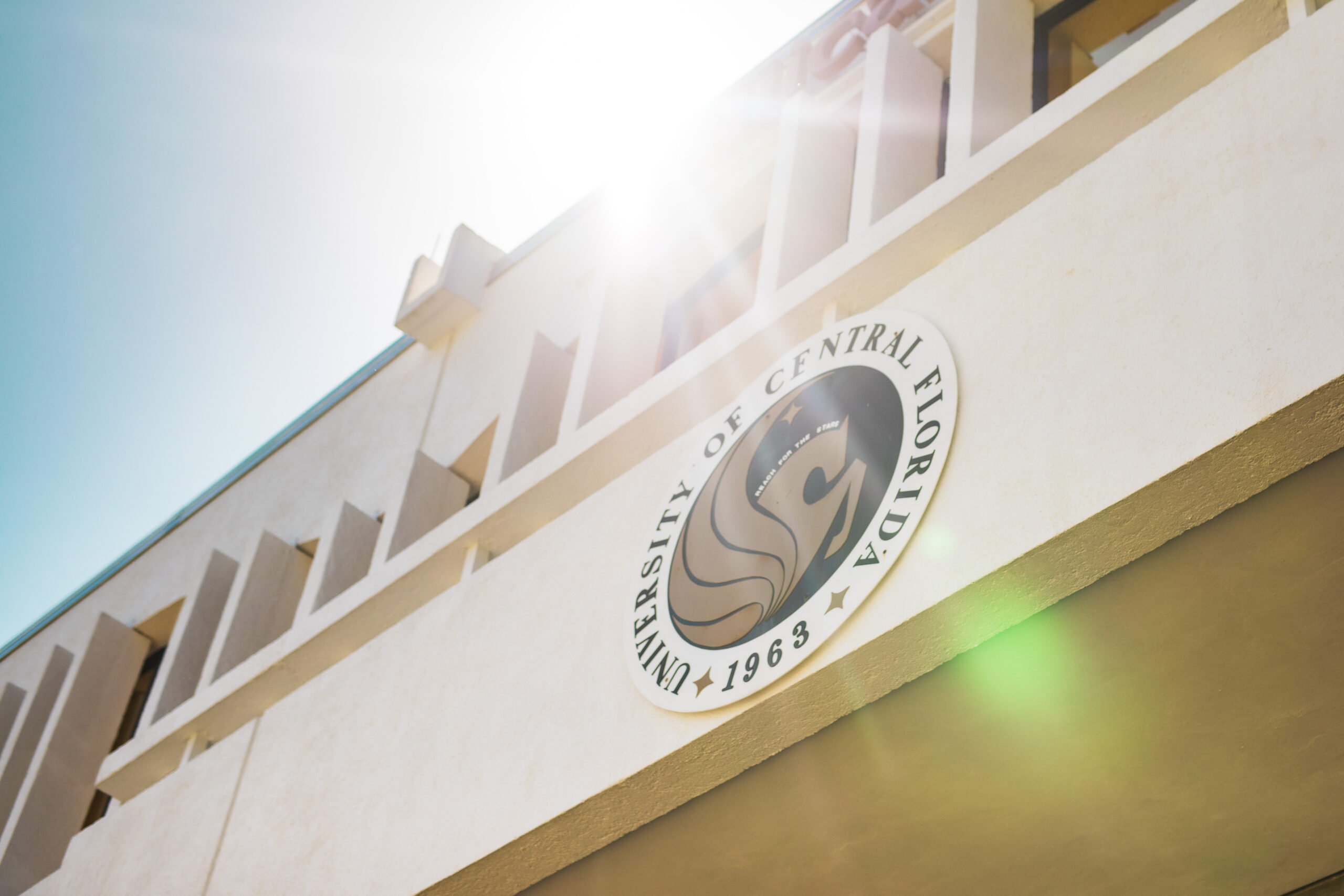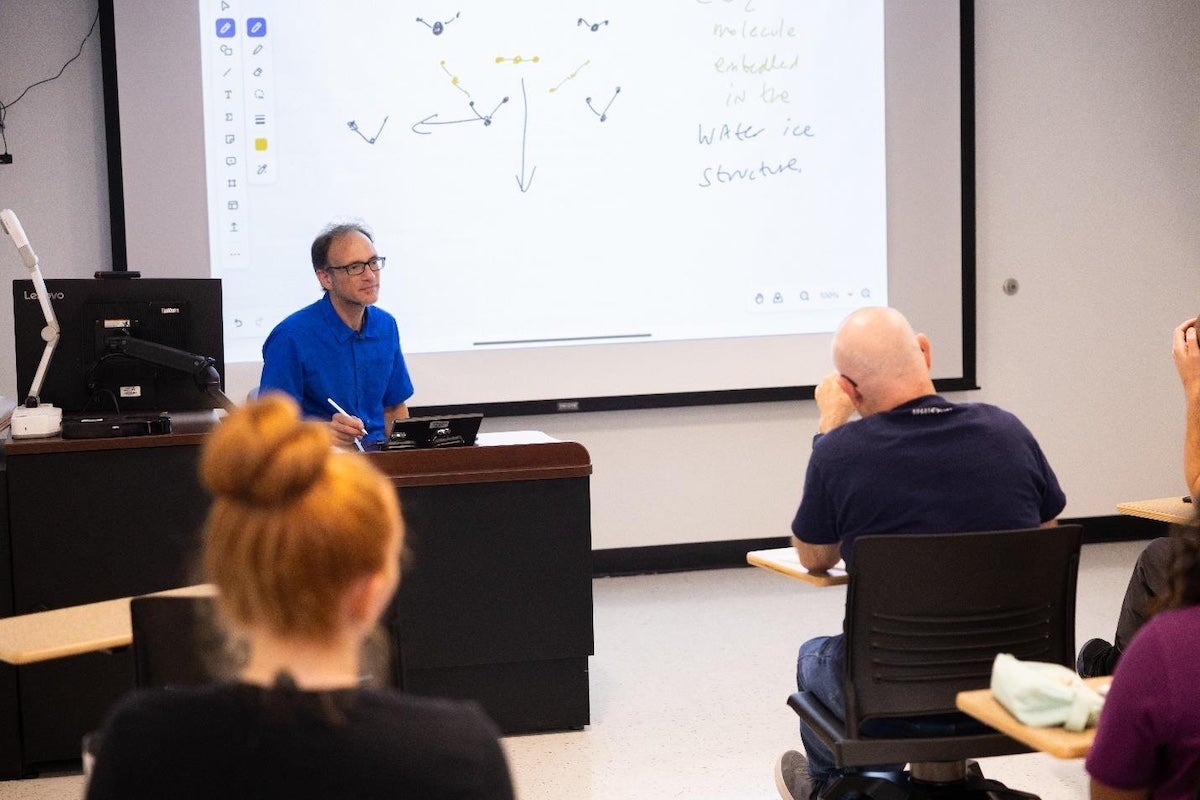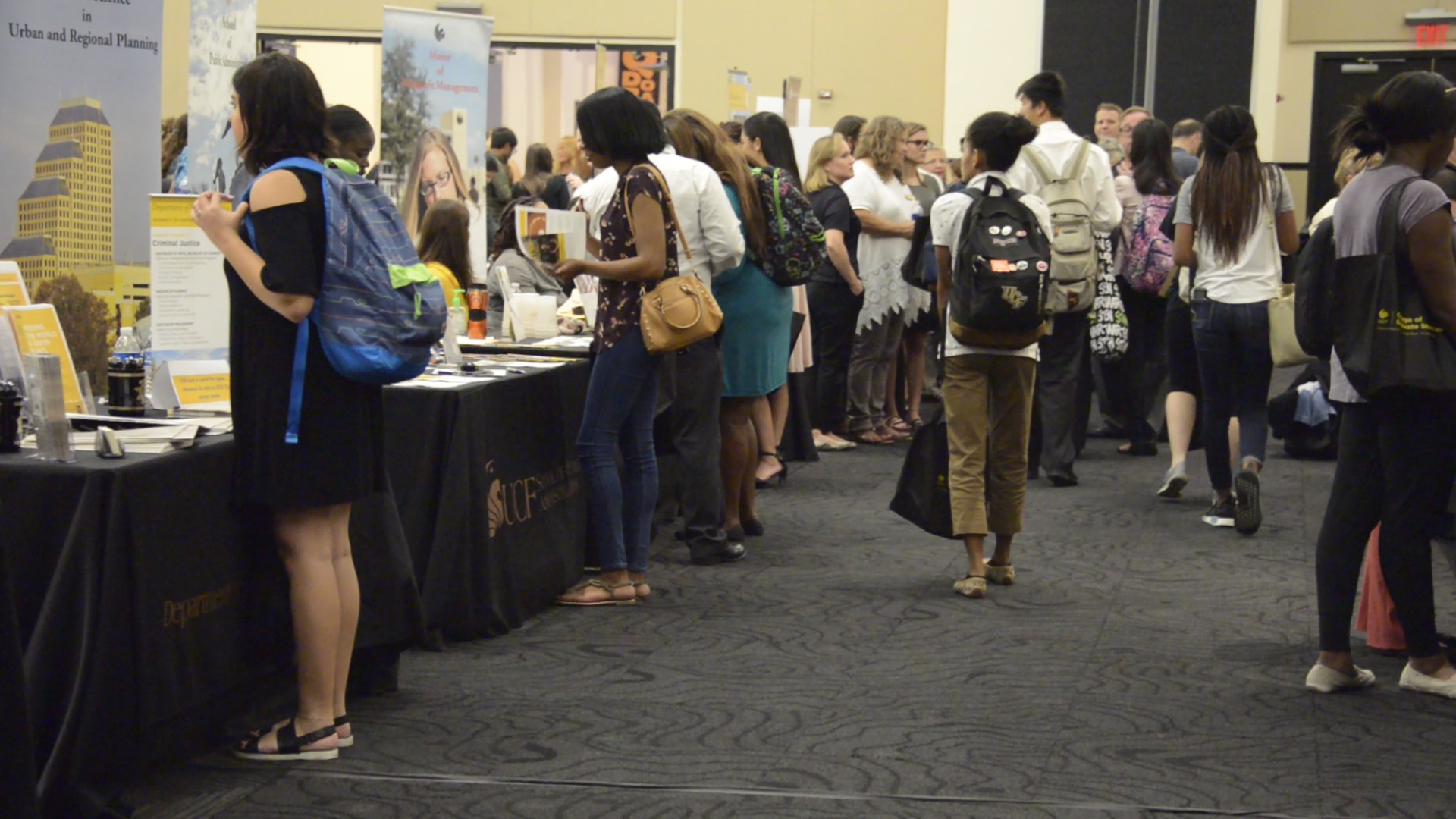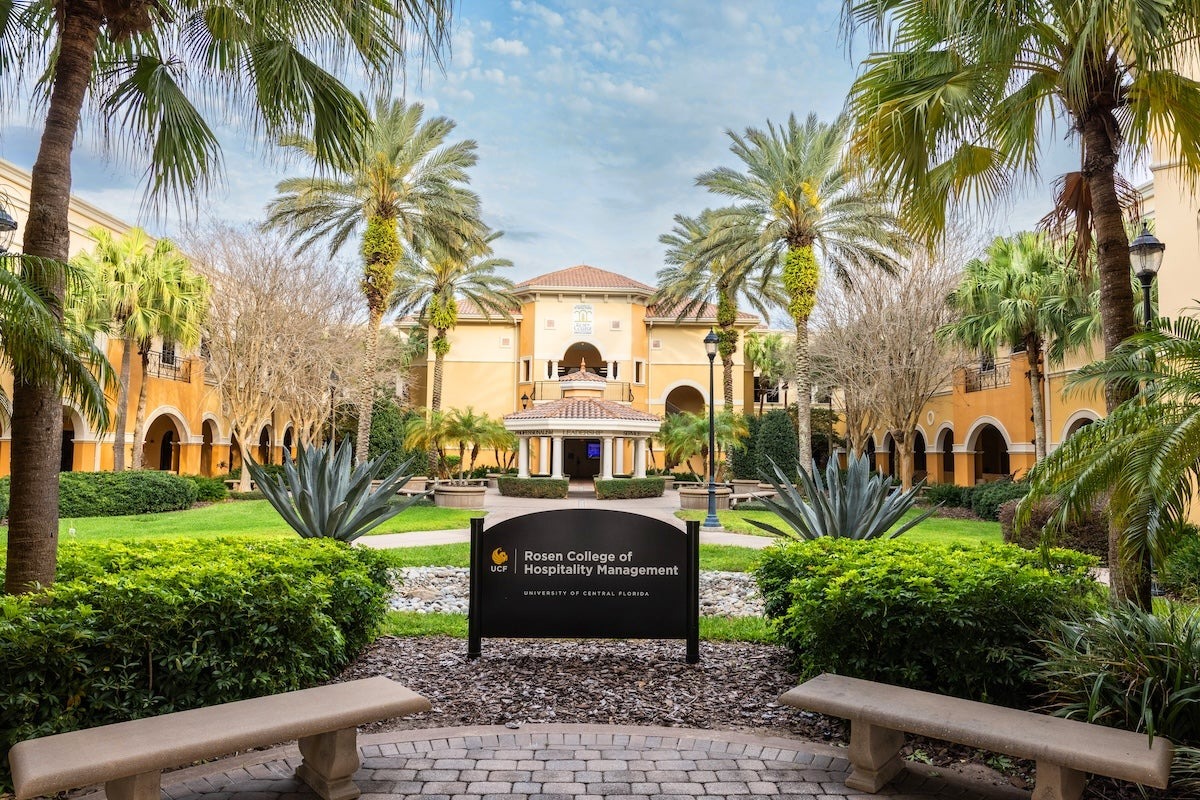OSIRIS-REx Mission to Take a Few More Pictures Before Heading Home
NASA’s OSIRIS-REx spacecraft that collected a sample from an asteroid 200 million miles from Earth in October, is going to take one final look at the collection site before heading home.
In April, the spacecraft will focus its cameras on the site it disturbed when it removed a sample of asteroid Bennu’s soil. The images should help researchers understand what kind of impact the disruption had on the surface.
“Part of the reason we are on this mission is to learn more about how asteroids work, because someday we may need to deflect this asteroid or another like it if it poses a threat to Earth,” says Humberto Campins, a UCF physicist and a member of OSIRIS-REx’s imaging team. “We need to know that the techniques developed will get the job done. We need to know how these asteroids respond to disruptions.”
Campins is an international expert on asteroids and has been working with colleagues on the team to analyze the images and data collected from the spacecraft cameras since 2010. UCF Assistant Professor Kerri Donaldson Hanna is also part of the team. The group is responsible for the analysis of thousands of images from the surface, which principal investigator Dante Lauretta from the University of Arizona used to select the site for sample collection.
In October, the OSIRIS-REx spacecraft executed a complicated touch-and-go maneuver at Bennu’s Nightingale site during which a robotic arm unfurled and touched the surface of the asteroid to collect a sample of rocks and dust. The spacecraft is scheduled to deliver the sample to Earth in September 2023. OSIRIS-REx will depart asteroid Bennu in May in order to take advantage of the alignment of orbits, which will make for a shorter trip.
“I cannot wait to see what Bennu’s surface looks like after the TAG sampling event in October, particularly how much of the surface was disturbed during sampling and whether or not additional fine particulate materials have been exposed,” Donaldson Hanna says. “And new spectral observations will give us a glimpse of whether or not there is compositional layering on the asteroid.”
Beginning March 6, OSIRIS-REx executed the first of four maneuvers that will get the spacecraft on the trajectory needed for the final flyby to get the last images on April 7. After the photoshoot is complete, the team will fire the spacecraft’s engines again to get OSIRIS-REx ready for the two-year journey home, which begins May 10.
Once back on the planet, the researchers will go to work analyzing the regolith sample.
“That’s where the real fun begins,” Campins says. “Until then we have the images and data to study. I’m looking forward to seeing the real thing.”
NASA’s Goddard Space Flight Center in Greenbelt, Maryland, provides overall mission management, systems engineering, and safety and mission assurance for OSIRIS-REx. Lauretta is the principal investigator, and the University of Arizona also leads the science team and the mission’s science observation planning and data processing. Lockheed Martin Space in Denver built the spacecraft and provides flight operations. Goddard and KinetX Aerospace are responsible for navigating the OSIRIS-REx spacecraft. OSIRIS-REx is the third mission in NASA’s New Frontiers Program, which is managed by NASA’s Marshall Space Flight Center in Huntsville, Alabama, for the agency’s Science Mission Directorate in Washington.
Campins has a bachelor’s degree in astronomy from the University of Kansas and a doctorate in planetary sciences from the University of Arizona. He joined UCF in 2002 as a Provost Research Professor of Physics and Astronomy and head of the Planetary and Space Science Group, and has received multiple awards including a Fulbright and was named a Pegasus Professor in 2013. He was one of the first researchers to find evidence of water ice and organic material on an asteroid and has worked with NASA for several decades. His area of research involves asteroids, comets and other small bodies in the solar system.
Donaldson Hanna has a bachelor’s degree in space sciences from the Florida Institute of Technology, and a master’s degree, and a doctorate in geological sciences from Brown University. Donaldson Hanna is also involved with several NASA missions including the Lunar Trailblazer mission. She has extensive research experience mostly in Europe where she was recognized for her excellence including the Winton Capital Geophysics Award from the Royal Astronomical Society. She joined UCF in 2019. Her research focuses on understanding the formation and evolution of airless bodies such as the moon, Mercury, Mars’ moons, and asteroids.
Share This Article

UCF Women’s Club Honors 3 Graduate Students with Prestigious Sheila B. Somerville Scholarship
Financial support is often the cornerstone of academic success, and for many students, scholarships open the door to higher education. Beyond easing financial stress, these awards provide recognition, motivation, and a...
Latest News

UCF Launches 1st Planetary and Space Sciences PhD Program in Florida
As SpaceU, UCF is pushing the boundaries of exploration by launching a groundbreaking new doctoral program in the planetary and space sciences. Now, aspiring researchers can apply to the inaugural cohort of...

UCF Fulbright Awardees Bring Their Passions to a Global Scale
Each year, the Fulbright Program offers opportunities for American students to conduct research, teach English, or pursue graduate study abroad. One of the most prestigious international exchange programs in the...

Unleash Opportunities with a UCF Graduate Degree
A graduate degree has the power to unleash opportunities by expanding careers, opening doors to new fields, and increasing lifetime earnings. According to the U.S. Bureau of Labor Statistics (2024),...

UCF Rosen College Ranks No. 1 in the World for Hospitality Education for 2025
One of the most anticipated theme parks in the world is about to open its gates — and right next door, the No. 1 hospitality and hotel management school on...